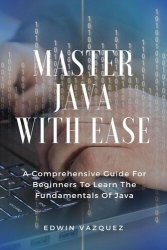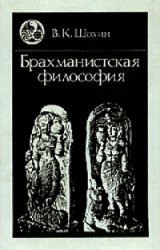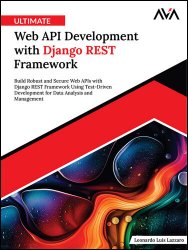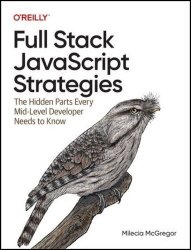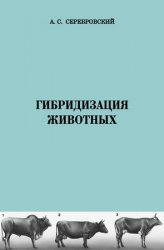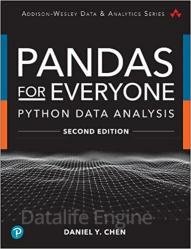 Название: Pandas for Everyone: Python Data Analysis, Second Edition
Название: Pandas for Everyone: Python Data Analysis, Second EditionАвтор: Daniel Chen
Издательство: Addison-Wesley Professional/Pearson Education
Год: 2023
Страниц: 512
Язык: английский
Формат: True/Retail (PDF EPUB)
Размер: 64.3 MB
Manage and Automate Data Analysis with Pandas in Python.
Today, analysts must manage data characterized by extraordinary variety, velocity, and volume. Using the open source Pandas library, you can use Python to rapidly automate and perform virtually any data analysis task, no matter how large or complex. Pandas can help you ensure the veracity of your data, visualize it for effective decision-making, and reliably reproduce analyses across multiple data sets.
Pandas for Everyone, 2nd Edition, brings together practical knowledge and insight for solving real problems with Pandas, even if you’re new to Python data analysis. Daniel Y. Chen introduces key concepts through simple but practical examples, incrementally building on them to solve more difficult, real-world data science problems such as using regularization to prevent data overfitting, or when to use unsupervised machine learning methods to find the underlying structure in a data set.
Pandas is an open-source Python library for data analysis. It gives Python the ability to work with spreadsheet-like data for fast data loading, manipulating, aligning, merging, etc. To give Python these enhanced features, Pandas introduces two new data types to Python: Series and DataFrame. The DataFrame will represent your entire spreadsheet or rectangular data, whereas the Series is a single column of the DataFrame. A Pandas DataFrame can also be thought of as a dictionary or collection of Series.
Why should you use a programming language like Python and a tool like Pandas to work with data? It boils down to automation and reproducibility. If there is a particular set of analyses that needs to be performed on multiple data sets, a programming language can automate the analysis on the data sets. Although many spreadsheet programs have their own macro programming languages, many users do not use them. Furthermore, not all spreadsheet programs are available on all operating systems. Performing data tasks using a programming language forces the user to have a running record of all steps performed on the data. I, like many people, have accidentally hit a key while viewing data in a spreadsheet program, only to find out that my results do not make any sense anymore due to bad data. This is not to say spreadsheet programs are bad or do not have their place in the data workflow. They do, but there are better and more reliable tools out there. These better tools can work in tandem with spreadsheet programs while providing more reliable data manipulation, and introduce the possibility of incorporating data from other data sets and databases.
New features to the second edition include:
Extended coverage of plotting and the seaborn data visualization library
Expanded examples and resources
Updated Python 3.9 code and packages coverage, including statsmodels and scikit-learn libraries
Online bonus material on geopandas, Dask, and creating interactive graphics with Altair
Chen gives you a jumpstart on using Pandas with a realistic data set and covers combining data sets, handling missing data, and structuring data sets for easier analysis and visualization. He demonstrates powerful data cleaning techniques, from basic string manipulation to applying functions simultaneously across dataframes.
Once your data is ready, Chen guides you through fitting models for prediction, clustering, inference, and exploration. He provides tips on performance and scalability and introduces you to the wider Python data analysis ecosystem.
Work with DataFrames and Series, and import or export data
Create plots with matplotlib, seaborn, and pandas
Combine data sets and handle missing data
Reshape, tidy, and clean data sets so they’re easier to work with
Convert data types and manipulate text strings
Apply functions to scale data manipulations
Aggregate, transform, and filter large data sets with groupby
Leverage Pandas’ advanced date and time capabilities
Fit linear models using statsmodels and scikit-learn libraries
Use generalized linear modeling to fit models with different response variables
Compare multiple models to select the “best” one
Regularize to overcome overfitting and improve performance
Use clustering in unsupervised Machine Learning
Скачать Pandas for Everyone: Python Data Analysis, Second Edition
[related-news] [/related-news]
Комментарии 0
Комментариев пока нет. Стань первым!
